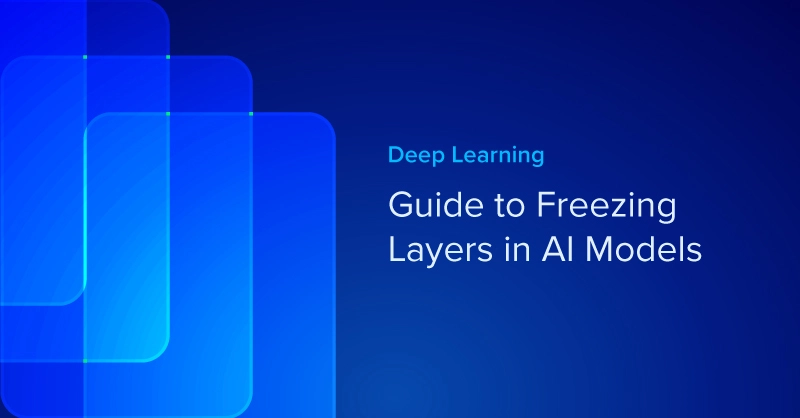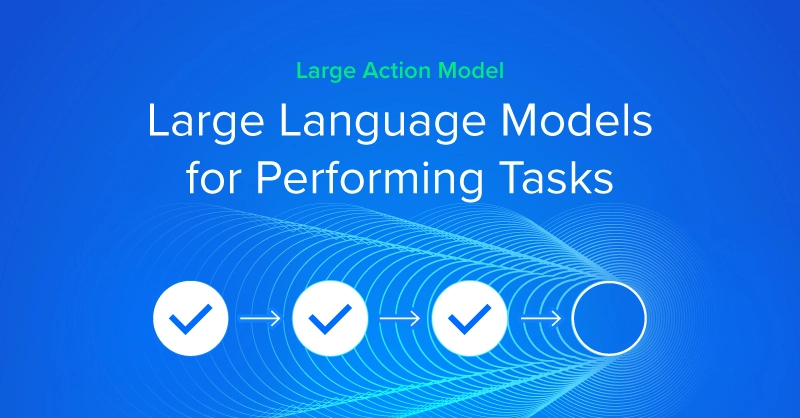
LAMMPS Patch Release Overview
What is LAMMPS used for?
LAMMPS is a classical molecular dynamics (MD) code that models ensembles of particles in a liquid, solid, or gaseous state. It can model atomic, polymeric, biological, solid-state (metals, ceramics, oxides), granular, coarse-grained, or macroscopic systems using a variety of interatomic potentials (force fields) and boundary conditions. It can model 2D or 3D systems with only a few particles up to millions or billions.
LAMMPS can run on single processor laptops or desktops, but is designed for parallel computers using message-passing techniques and a spatial-decomposition of the simulation domain. This includes shared-memory boxes and distributed-memory clusters and supercomputers. Many of its models have versions that provide accelerated performance on CPUs, GPUs, and Intel Xeon Phis. The code is designed to be easy to modify or extend with new functionality.
Interested in getting faster results?
Learn more about LAMMPS Certified GPU Workstations and Servers starting around $6,000
Changes since the 14 December 2021 patch release:
- New compute ave/sphere/atom to compute averaged properties in a sphere around atoms (Stan Moore with Mitch Wood, SNL) PR #2996
- Support writing to dump files at regular time interface for variable timestep simulations (Michal Kanski, Jagiellonian U, and Steve Plimpton, SNL) PR #3052
- Add centroid atomic stress support for shake, rattle and rigid/small fixes (Donatas Surblys, Tohoku U) PR #3046
- Update fmtlib to version 8.1.1 (Axel Kohlmeyer and Richard Berger, Temple U) PR #3073
- Many small bug fixes, minor code improvements, and coding style, build system, documentation, formatting updates (multiple authors) PR #3021, PR #3060, PR #3062, PR #3064, PR #3065, PR #3068, PR #3069, PR #3071, PR #3072
Backward compatibility notices:
- Forces and energies from
class2angle styles may differ due to a bugfix. Previously distances from the BondBond terms were used for BondAngle terms. Commonly those distance settings would be the same and in those cases the results will match.
This release has 2 assets:
- Source code (zip)
- Source code (tar.gz)
Visit the release page to download them.
About LAMMPS
LAMMPS (Large-scale Atomic/Molecular Massively Parallel Simulator) a classical molecular dynamics simulation code designed to run efficiently on parallel computers. It was developed at Sandia National Laboratories, a US Department of Energy facility, with funding from the DOE. It is an open-source code, distributed freely under the terms of the GNU Public License (GPL).
Have any questions about LAMMPS or other applications for molecular dynamics? Contact Exxact Today

LAMMPS Patch Release 7 January 2022
LAMMPS Patch Release Overview
What is LAMMPS used for?
LAMMPS is a classical molecular dynamics (MD) code that models ensembles of particles in a liquid, solid, or gaseous state. It can model atomic, polymeric, biological, solid-state (metals, ceramics, oxides), granular, coarse-grained, or macroscopic systems using a variety of interatomic potentials (force fields) and boundary conditions. It can model 2D or 3D systems with only a few particles up to millions or billions.
LAMMPS can run on single processor laptops or desktops, but is designed for parallel computers using message-passing techniques and a spatial-decomposition of the simulation domain. This includes shared-memory boxes and distributed-memory clusters and supercomputers. Many of its models have versions that provide accelerated performance on CPUs, GPUs, and Intel Xeon Phis. The code is designed to be easy to modify or extend with new functionality.
Interested in getting faster results?
Learn more about LAMMPS Certified GPU Workstations and Servers starting around $6,000
Changes since the 14 December 2021 patch release:
- New compute ave/sphere/atom to compute averaged properties in a sphere around atoms (Stan Moore with Mitch Wood, SNL) PR #2996
- Support writing to dump files at regular time interface for variable timestep simulations (Michal Kanski, Jagiellonian U, and Steve Plimpton, SNL) PR #3052
- Add centroid atomic stress support for shake, rattle and rigid/small fixes (Donatas Surblys, Tohoku U) PR #3046
- Update fmtlib to version 8.1.1 (Axel Kohlmeyer and Richard Berger, Temple U) PR #3073
- Many small bug fixes, minor code improvements, and coding style, build system, documentation, formatting updates (multiple authors) PR #3021, PR #3060, PR #3062, PR #3064, PR #3065, PR #3068, PR #3069, PR #3071, PR #3072
Backward compatibility notices:
- Forces and energies from
class2angle styles may differ due to a bugfix. Previously distances from the BondBond terms were used for BondAngle terms. Commonly those distance settings would be the same and in those cases the results will match.
This release has 2 assets:
- Source code (zip)
- Source code (tar.gz)
Visit the release page to download them.
About LAMMPS
LAMMPS (Large-scale Atomic/Molecular Massively Parallel Simulator) a classical molecular dynamics simulation code designed to run efficiently on parallel computers. It was developed at Sandia National Laboratories, a US Department of Energy facility, with funding from the DOE. It is an open-source code, distributed freely under the terms of the GNU Public License (GPL).
Have any questions about LAMMPS or other applications for molecular dynamics? Contact Exxact Today

.jpg?format=webp)


